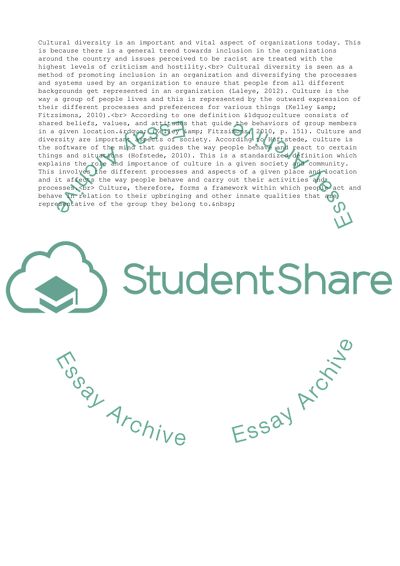Cite this document
(Cultural Diversity and Organizational Culture Literature review, n.d.)
Cultural Diversity and Organizational Culture Literature review. Retrieved from https://studentshare.org/management/1640974-question-2
Cultural Diversity and Organizational Culture Literature review. Retrieved from https://studentshare.org/management/1640974-question-2
(Cultural Diversity and Organizational Culture Literature Review)
Cultural Diversity and Organizational Culture Literature Review. https://studentshare.org/management/1640974-question-2.
Cultural Diversity and Organizational Culture Literature Review. https://studentshare.org/management/1640974-question-2.
“Cultural Diversity and Organizational Culture Literature Review”, n.d. https://studentshare.org/management/1640974-question-2.


